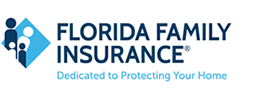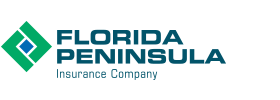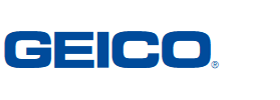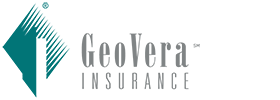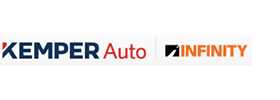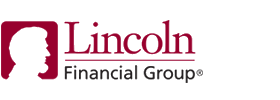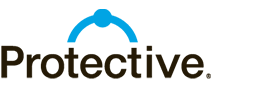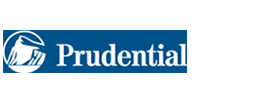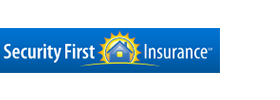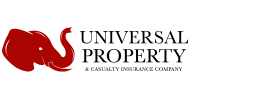Umbrella coverage is a form of liability insurance. It provides protection for the policyholder when an incident occurs involving their home or vehicle that is not covered by their standard homeowner’s or auto policy. Residents of Jacksonville, FL, can utilize this type of coverage to safeguard their property and individuals on that property from personal injury or damage claims. Many of our clients at 925 Partners believe they don’t require umbrella coverage. However, there are numerous situations where it may be necessary, including the following:
1. Babysitting
Do you or your children babysit others’ kids? If a child gets injured while under your supervision or on your property, you could be responsible for a substantial medical bill. This is generally not covered by a traditional homeowner’s policy. Umbrella coverage can provide protection for you and the children you care for in your home.
2. Owning a Deck
It’s surprising how many people get injured while enjoying time on a friend’s back deck. Have you checked your home coverage to see if you’re protected against your deck collapsing or someone falling off during a festive gathering? If you’re not covered, umbrella coverage can provide the necessary protection.
3. Legal Suits
Certain types of umbrella coverage protect you against lawsuits. For instance, if you’re sued for slander or defamation, umbrella coverage can provide protection. It can also protect your children if they’re sued for an incident that occurs at school. If you’re concerned about potential lawsuits, umbrella coverage is a wise choice.
At 925 Partners, we specialize in crafting umbrella policies that provide comprehensive protection for our clients in Jacksonville, FL, against any incidents that occur to them or on their property. If you’re interested in comprehensive coverage, contact us today for more information.
























